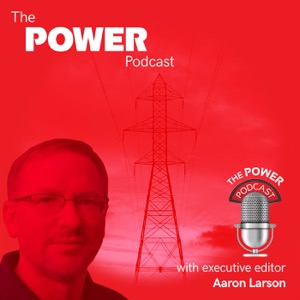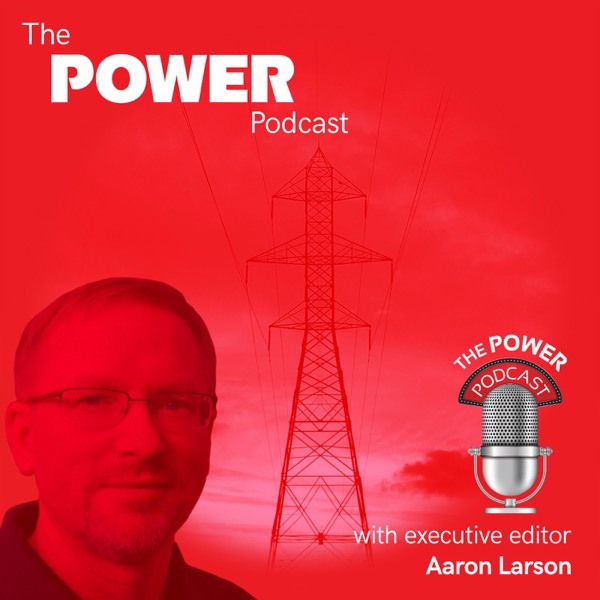177. How Nuclear Power Could Help Decarbonize Industrial Steam Needs
The POWER Podcast - A podcast by POWER

Categories:
Steam is used for a wide variety of critical processes across many industrial sectors. For example, pulp and paper facilities use steam to power paper machines, dry paper and wood products, and provide heat for chemical recovery processes. Steam is used by metal and mining companies, as well as in the food and beverage industry, petroleum refining, pharmaceutical manufacturing, textile production, and many other industrial processes. “About 20% of global carbon emissions come from the industrial heat sector, and virtually all of that industrial heat today is produced by burning hydrocarbons—coal and natural gas—and emitting carbon into the atmosphere,” Clay Sell, CEO of X-energy, said as a guest on The POWER Podcast. “With our technology, we have the opportunity to replace hydrocarbons and use nuclear-generated carbon-free steam to dramatically decarbonize these so-called hard-to-decarbonize sectors.” X-energy is a nuclear reactor and fuel design engineering company. It is developing Generation-IV high-temperature gas-cooled nuclear reactors and what’s known as TRISO-X fuel to power them. The company’s Xe-100 small modular reactor (SMR) is an 80-MWe reactor that can be scaled into a four-pack (320-MWe power plant) that can grow even larger as needed. “The most significant advantages that we have over large-scale traditional nuclear power plants is the evolution of our technology, our safety case, and the smaller, more simplified designs that can be built with much less time and much less money,” Sell said. “We’re a high-temperature gas-cooled reactor using a TRISO fuel form—that’s ceramic, encapsulated fuel in a round pebble that flows through the reactor like gumballs through a gumball machine.” The Xe-100 design’s intrinsic safety makes it especially unique. “This is a plant that cannot melt down under any scenario that one could imagine affecting the plant. So, that extraordinary safety case allows us to operate on a very small footprint,” said Sell. The simplified design has fewer subsystems and components, less concrete, less steel, and less equipment than traditional nuclear power plants. As noted previously, X-energy’s SMR is capable of producing high-quality steam, which is especially attractive for use in industrial processes. As such, Dow Inc., one of the world’s leading materials science companies, has agreed to deploy the first Xe-100 unit at its Union Carbide Corp. Seadrift Operations, a sprawling chemical materials manufacturing site in Seadrift, Calhoun County, Texas. “Our first project is going to be deployed in a public-private partnership with the U.S. government and Dow Inc., the large chemical manufacturer, at a site southwest of Houston, Texas, that will come online around the end of this decade,” Sell reported. Currently, X-energy is in the final stages of its design effort. Once complete, the next step will be to submit a construction permit application to the Nuclear Regulatory Commission (NRC). If all goes according to plan, the application should be approved by the NRC in early 2027, which would allow construction to start around that time. “We anticipate construction on the plant to be about a three- to three-and-a-half-year process, which will then bring it online in the early 2030s,” Sell explained. Beyond that, X-energy has an agreement to supply Amazon with 5 GW of new SMR projects (64 units) by 2039, starting with an initial four-unit 320-MWe Xe-100 plant with regional utility Energy Northwest in central Washington. Sell believes the deal positions X-energy to quickly apply lessons learned from its first-of-a-kind project with Dow, replicate and repeat the effort to achieve scale, and reach a favorable nth-of-a-kind cost structure faster than anyone else in the SMR market today. Said Sell, “When we imagine a future of a decarbonized economy with reliable power supporting dramatic growth at a reasonable cost, I believe X-energy is going to be a central technology to that future.”
